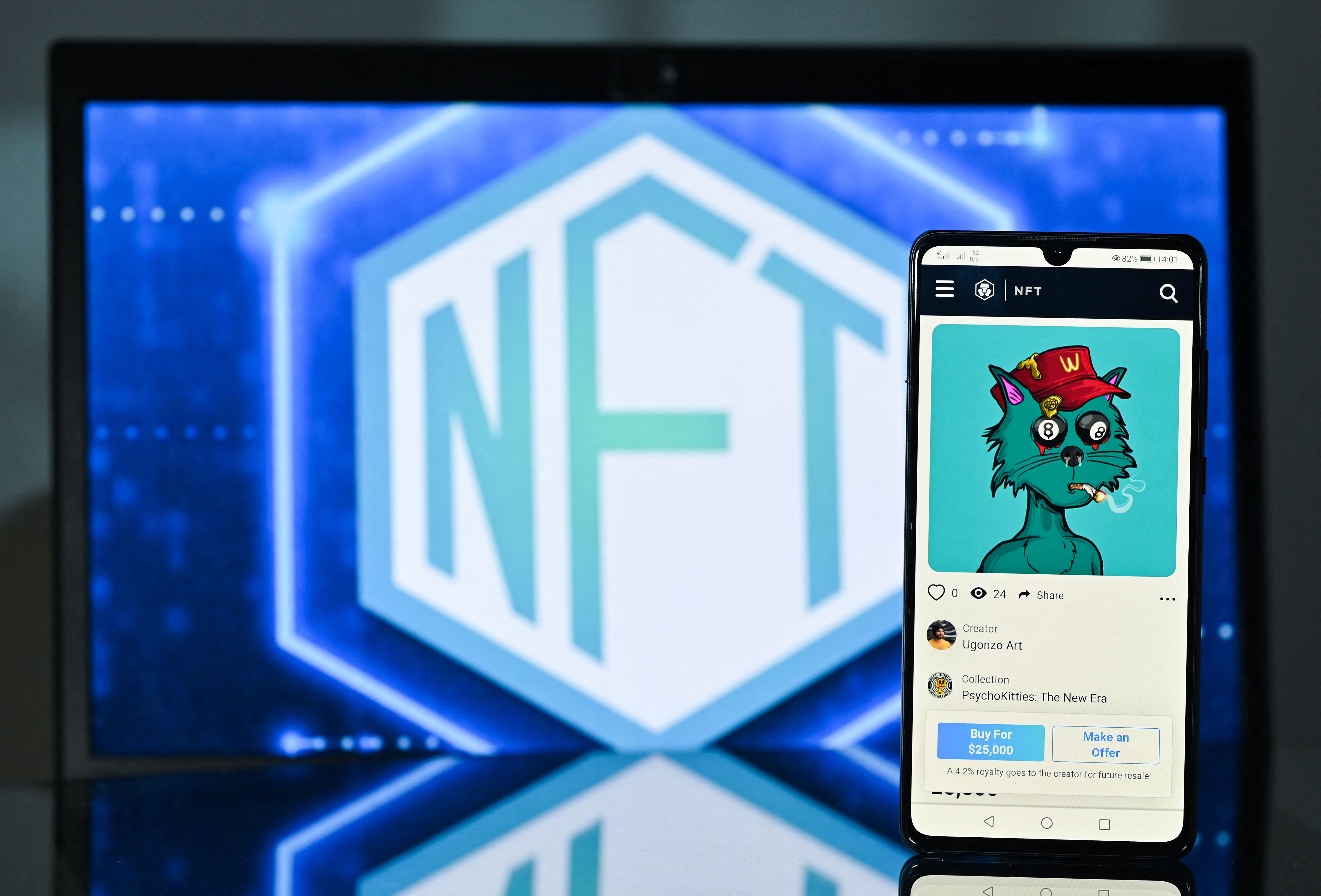It’s safe to say that we have all heard the term “NFT.” But what exactly are they and what are the pros and cons?
The term NFT stands for “non-fungible token,” which is broken down into two main functions: The “non-fungible” side refers to the non-replicable aspect of the asset, being the only unique version of that asset. You can think of it as having an individualized digital fingerprint for each NFT asset, where the subtle uniqueness of every project has its own value. Next, we look at the “token” side, which refers to the proof of ownership of the NFT asset itself.
You may wonder: What’s to stop someone from screenshotting your digital asset and trying to pass it off as their own?
When you buy an NFT, you receive a token or proof of ownership that is held on the blockchain, which makes it easily verifiable by anyone who looks it up. So when it comes time to sell that NFT or take advantage of the real world perks of that asset, owning the official NFT and not just a screenshot has tremendous value.
Basically, NFTs can be unique digital art assets, real estate, collectibles, event tickets, website domains or even tweets that are sold to investors on the blockchain. They can include any kind of art that can be rendered in the digital form — music, video, imagery, memes, or a combination of media.
Here are some pros:
- NFTs provide a record of authenticity and ownership held and verifiable on the blockchain.
- It’s a new market to create wealth, with high growth potential.
- Creates efficiency with (smart) contracts by streamlining processes and eliminating intermediaries.
- Empowers and creates a new marketplace for artists and creators. Allows artists to sell directly to the collectors and receive royalties whenever the art is resold.
- Can potentially add diversification to your financial portfolio, as the economy and companies prepare for what’s next in a post-Covid world. (That’s of course, only if you have the risk tolerance and liquid cash to invest at all.)
- Some NFTs give you real world perks such as access to high-end events, groups or associations depending on who the creators are.
Even though NFTs have some tremendous highlights to them, let’s look at the cons:
- NFTs are illiquid and speculative investments. Since it is a new asset and marketplace, there is not a lot of historical data to research.
- It is a very volatile investment. As with most art, digit or physical, the value of it is relative and based on what someone is willing to pay for it. That’s the “unique” nature of a NFT, which can be viewed as both a pro or con.
- They are not great for the environment. Over time, the effects of producing NFTs, or all types of cryptocurrency, can have a tremendous negative long-term effect on our environment.
- There is a potential for fraud and scammers within the space. Despite the blockchain, NFTs are currently able to be hacked and stolen, which adds another big risk to protect yourself from.
The market for NFTs is huge and is only getting bigger. However, even though the possibilities of NFTs may seem endless, just like every new investment/asset class, you should invest with caution because of the very risky and speculative nature of new, undefined markets.
— By Jordan Awoye, managing partner at Awoye Capital
